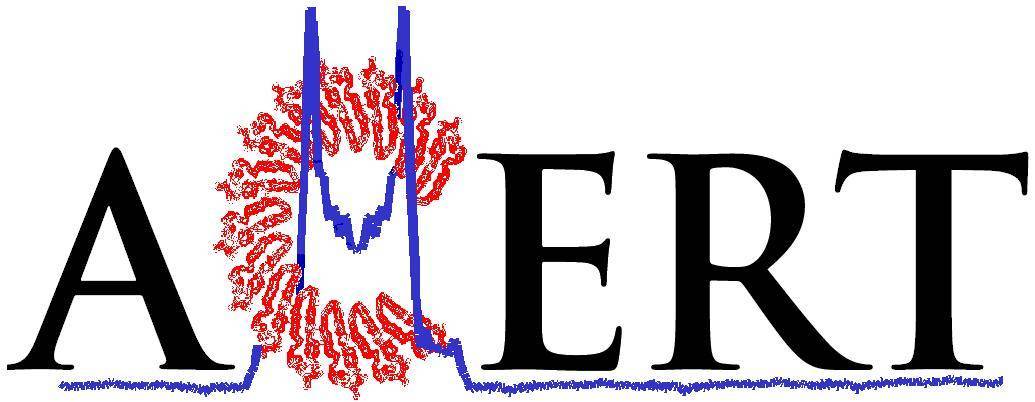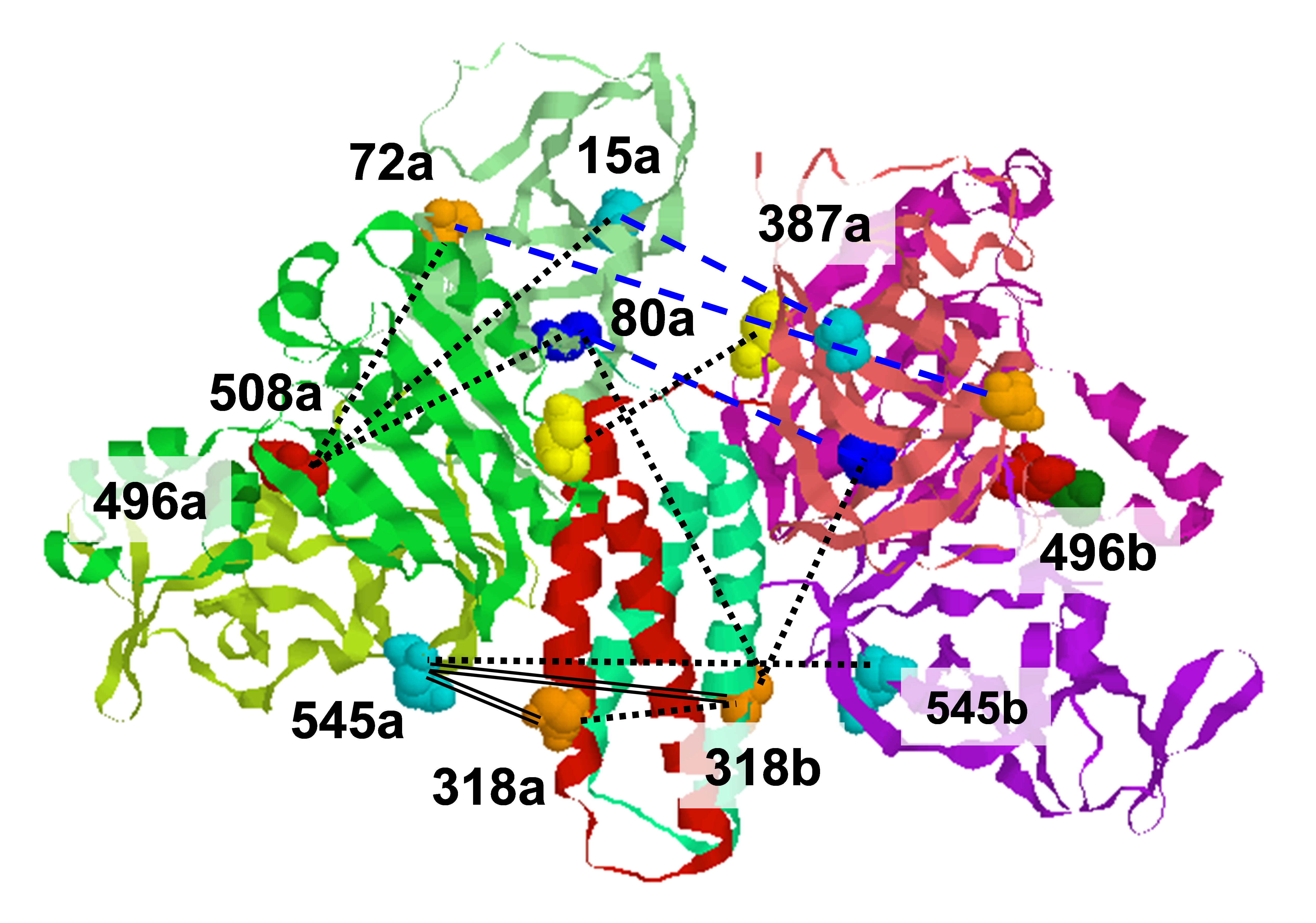.svg) National Institute of General Medical Sciences |
 |
 |
National Biomedical Resource for |
| Recent Highlights | |
All radical S-adenosylmethionine (radical-SAM) enzymes, including the noncanonical radical-SAM enzyme diphthamide biosynthetic enzyme Dph1–Dph2, require at least one [4Fe–4S](Cys)3 cluster for activity. It is well-known in the radical-SAM enzyme community that the [4Fe–4S](Cys)3 cluster is extremely air-sensitive and requires strict anaerobic conditions to reconstitute activity in vitro. Thus, how such enzymes function in vivo in the presence of oxygen in aerobic organisms is an interesting question. Working on yeast Dph1–Dph2, we found that consistent with the known oxygen sensitivity, the [4Fe–4S] cluster is easily degraded into a [3Fe–4S] cluster. Remarkably, the small iron-containing protein Dph3 donates one Fe atom to convert the [3Fe–4S] cluster in Dph1–Dph2 to a functional [4Fe–4S] cluster during the radical-SAM enzyme catalytic cycle. This mechanism to maintain radical-SAM enzyme activity in aerobic environments is likely general, and Dph3-like proteins may exist to keep other radical-SAM enzymes functional in aerobic environments. Publication: J. Am. Chem. Soc. 143, 9314-9319 (2021); PMC8251694. |
|
|
|
|
Yugang Zhang, Dan Su, Boris Dzikovski, Sean H. Majer, Rachael Coleman, Siddarth Chandrasekaran, Michael K. Fenwick, Brian R. Crane, Kyle M. Lancaster, Jack H. Freed (Department of Chemistry and Chemical Biology, Cornell University, Ithaca, NY) Hening Lin (Department of Chemistry and Chemical Biology and Howard Hughes Medical Institute, Cornell University, Ithaca, NY) |
|
|
|
About ACERT Contact Us |
Research |
Outreach |
ACERT is supported by grant 1R24GM146107 from the National Institute of General Medical Sciences (NIGMS), part of the National Institutes of Health. |
|||||
| ||||||||